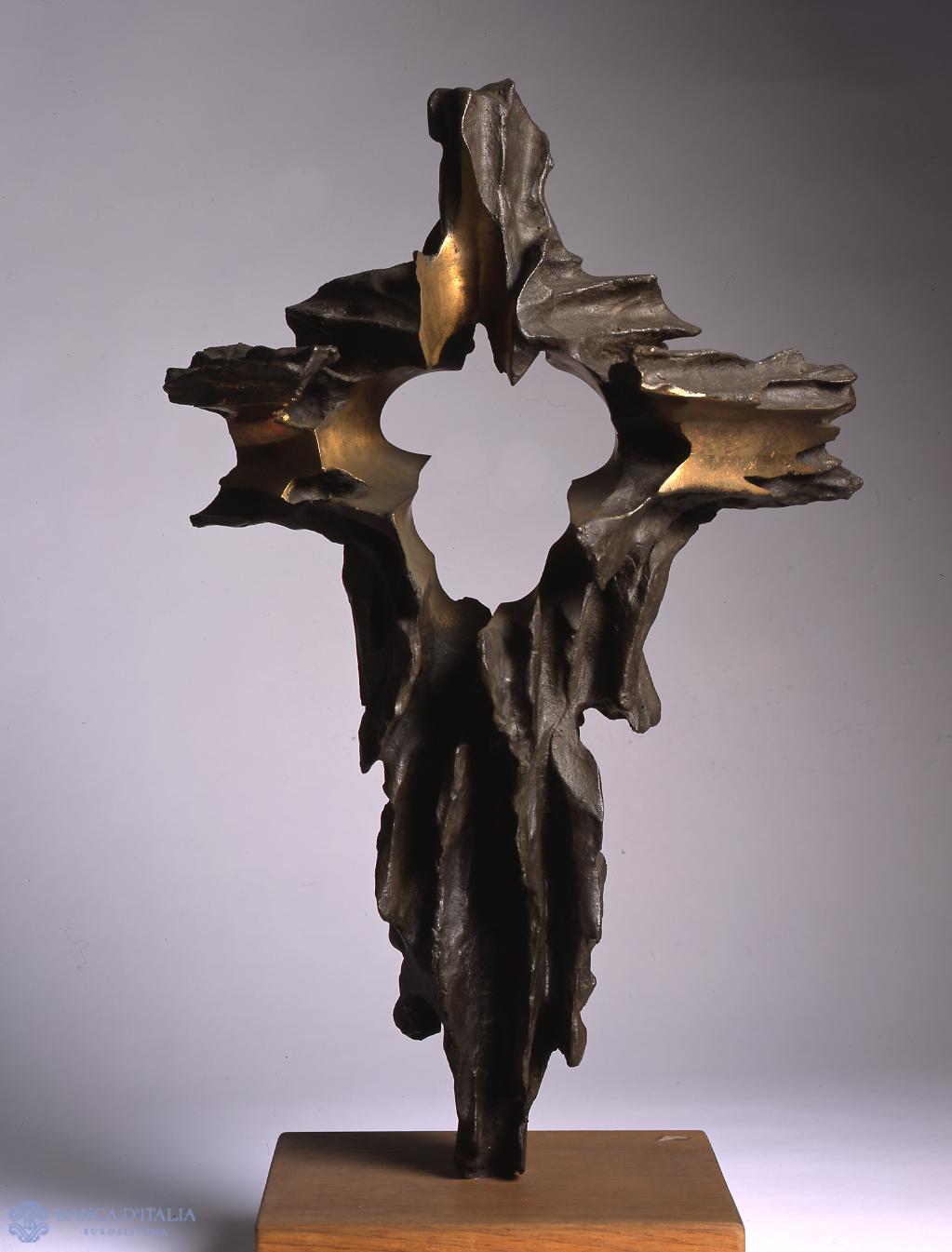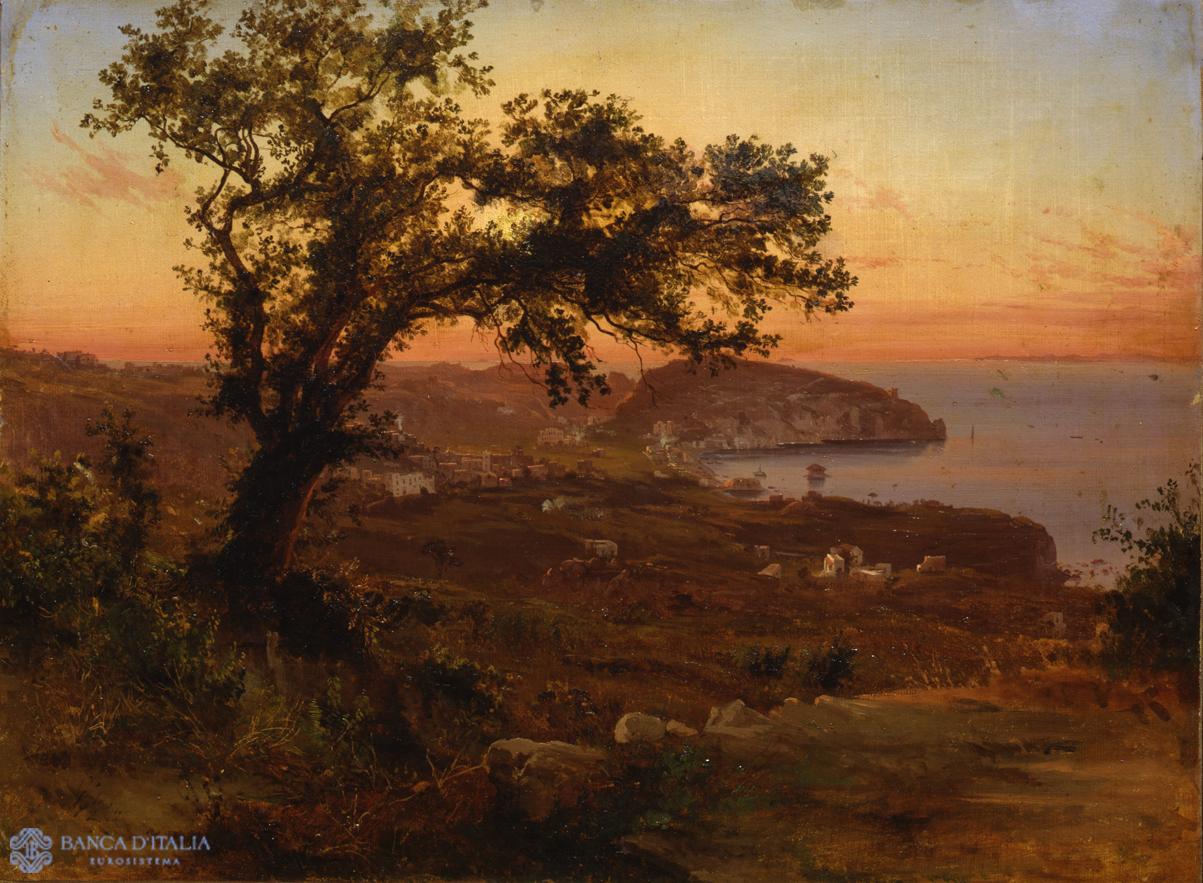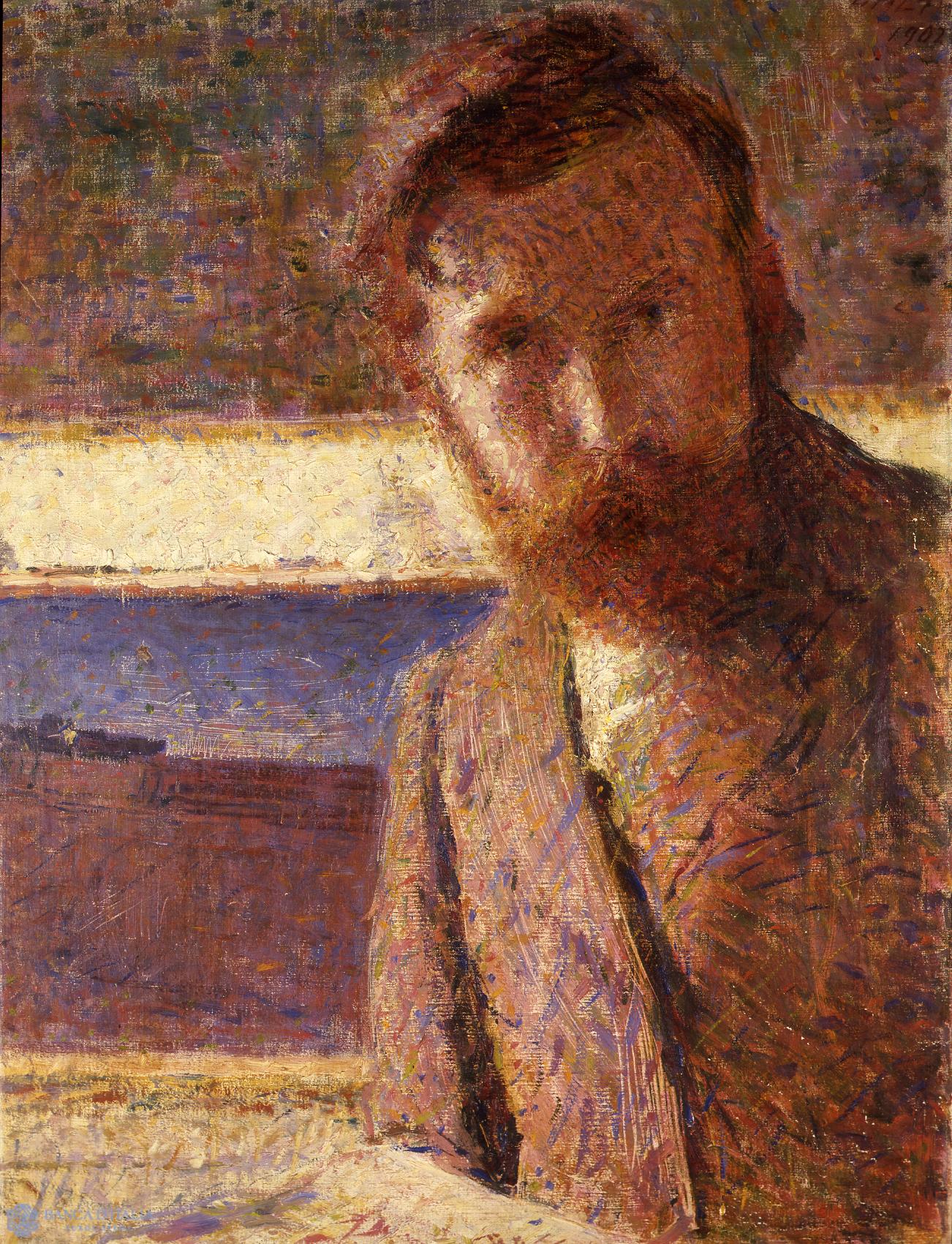Artists
Artists
Number of results: 142

Filippo Palizzi
Filippo Palizzi (Vasto 1818 – Naples 1899) was the younger brother of Giuseppe. His dedication to painting “reality” seems to have been very much influenced by his brother’s move to Naples in 1854, bringing with him the new tendencies from France.
19th century AD

Francesco Hayez
Francesco Hayez (Venice 1791 – Milan 1882) played out his long career in Milan, where he moved in 1820. His early training was with the Venetian artists of the last part of the 18th century, but as early as 1809, in Rome, he met Canova and Ingres, two of the leading representatives of Neoclassicism and purism.
19th century AD

Francesco Somaini
He was born in Lomazzo in 1926. After initial post-Cubist work in the 1950s, he followed the Informal style and developed a kind of sculpture that was firmly placed in the environment and the urban space. His sculptures were often monumental forms even if the embryo was to be found in the world of organic matter.
20th century AD

Francesco Trombadori
Francesco Trombadori (Siracusa, 1886 – Rome 1961) was one of the group that began meeting regularly during the 1920s in the “Third Room” of the Caffè Aragno. This was not a structured movement but an environment in which writers such as Ardengo Soffici, Emilio Cecchi, Vincenzo Cardarelli, and Giuseppe Ungaretti, artists like Spadini, Donghi, Francalancia, and art historians like Roberto Longhi conducted a dialogue among quite divergent positions, from Metphysical painting to revivals of 17th-century classicism or harking back to archaic and primitive art.
20th century AD

Franco Gentilini
Franco Gentilini (Faenza 1909 - Rome 1981) went to school in Bologna. In 1928 he spent some time in Paris and in the following year one of his pictures was shown at the Venice Biennale.
He established his field of interest starting from a relationship between colour and design in which design remains visible as a bold outline of the forms.
20th century AD

Gaspard Dughet
Dughet was born in Rome in 1615, the son of a French cook. He became one of the most famous landscape artists of the 17th century, together with Claude Lorrain and Salvator Rosa. In 1630 his sister Anne Marie married the painter Nicolas Poussin and Gaspard became his loyal pupil, eventually earning the nickname Gaspard Poussin.
17th century AD

Gastone Novelli
Gastone Novelli was born in Vienna in 1925. He came to Italy and took his high school diploma in Rome. A member of the Resistance, he was arrested by the Germans and condemned to death, but the sentence was commuted. Released from prison at the liberation of Rome, in 1945 he moved to Florence and took a university degree in political science.
20th century AD

Giacinto Gigante
Giacinto Gigante (Naples 1806-1876) trained in Naples, where he spent the whole of his working life and where some of the most important new English painters, from Bonington to Turner, were working at the end of the 1820s.
19th century AD

Giacomo Balla
Giacomo Balla was born in 1871 in Turin where he came into contact with the work of Pellizza da Volpedo and Morbelli from whom he acquired both his artistic interest in Divisionism, which he tainted with Fontanesi’s colour blends, and his humanitarian interest in the problems of the marginalized classes.
20th century AD

Giacomo Francesco Cipper
Born at Feldkirch, in Austria, in 1664, Cipper moved to Milan as a young man, settling there permanently in 1696. In 1693, he is thought to have contributed, with Giovanni Battista Colomba, to the decoration of the Czerniakòw Church near Warsaw.
18th century AD
